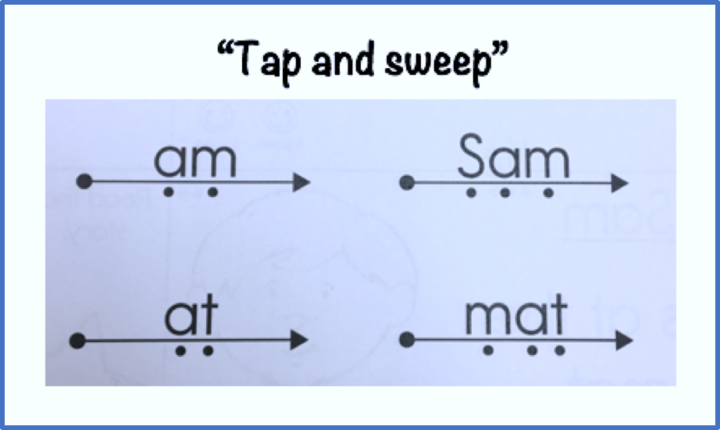What is Phonics and Decoding?
Phonics is a system used to teach reading through an understanding of the alphabetic principle. Phonics instruction begins with teaching single letter-sound relationships. When students understand the relationships between letters and sounds, instruction then moves into teaching sound structures that map onto more complex word parts and multi-syllable words. Decoding is a related skill that requires the knowledge that there are specific sounds that correspond to certain letters or letter clusters. As children decode parts of words, they also need the ability to blend those sounds together to read written words. Mastery of these skills is crucial because they make up the foundation for learning to read and spell.


Outside Resources
Decoding: What it is and How it Works
This webpage is a link to a summary of decoding and how it works including a list of signs to look for when decoding breaks down. It is part of the larger Understood.org website which has many other resources.
CLICK HERE TO VIEW THE UNDERSTOOD.ORG RESOURCE
Word Decoding and Phonics
This webpage is a link to a summary of decoding and phonics; including tips on what a problem in this area might look like and how to help. It is part of the larger Reading Rockets website which has a wealth of resources and additional links designed to support teachers, parents and kids.
CLICK HERE TO VIEW RESOURCES FROM READING ROCKETS
Phonics Activities
This link will take you a 56-page document of phonics activities including letter-sound matching, syllable activities and many more links to resources developed by the Florida Center for Reading Research.
CLICK HERE FOR TEACHING ACTIVITIES FROM THE FCRR
Phonics and Word Study
This webpage has a quick summary of phonics and word study, and explains why it should be taught, and how to teach it. This page is a part of the larger set of resources provided by the IRIS Center at Vanderbilt Peabody College.